Have you ever looked into your cat’s eyes and wondered what’s really going on in their mind? Imagine if, for just a moment, you could decode every purr, every twitch of the tail, and every mysterious meow. The truth is, cats are far more emotionally complex than most people realize. When you start prioritizing your cat’s emotional needs, something truly magical can happen—not just for your feline friend, but for you as well. It’s a journey that’s surprising, sometimes challenging, but always rewarding. Are you ready to discover how tuning in to your cat’s feelings can transform both of your lives?
Understanding Feline Emotions: More Than Meets the Eye
Cats have a reputation for being aloof, but their inner world is rich with feeling. While dogs might show excitement with wagging tails and sloppy kisses, cats express their emotions in subtle, mysterious ways. A gentle head-butt, a soft purr, or even a slow blink can be your cat’s way of saying they feel safe and loved. Taking the time to learn these signals is like learning a new language—a language of trust and affection. When you tune into your cat’s emotional state, you start to realize just how much they’re trying to communicate. This new understanding creates a stronger, unspoken bond between you and your pet. It’s not just about knowing your cat; it’s about truly connecting with them.
Building Trust Through Consistency and Patience
Cats thrive on routine and predictability. When you prioritize their emotional needs, you give them a sense of security that is absolutely vital. Consistent feeding times, gentle handling, and a calm environment all help build trust. If your cat has had a rough start in life, patience is your greatest tool. Trust doesn’t happen overnight, especially with shy or anxious cats. But as you show them that you’re reliable and safe, you’ll see them slowly let their guard down. Over time, your cat may begin to greet you at the door, curl up on your lap, or even show off their belly—a sign of ultimate trust. It’s a beautiful reward for your dedication and love.
Recognizing and Respecting Personal Boundaries

Every cat is unique, and what makes one cat happy may stress another. Some cats love cuddles, while others prefer a bit of distance. Learning to read your cat’s body language—like flattened ears, twitching tails, or wide eyes—helps you understand when they need space. Respecting these boundaries is key to nurturing their emotional well-being. When your cat knows that you won’t force affection or invade their space, they’ll feel more comfortable and secure. This respect often leads to more voluntary affection from your cat. Think of it as a dance, where both partners move in harmony, respecting each other’s steps.
The Power of Play: Enriching Your Cat’s Mind
Playtime isn’t just about burning off energy; it’s a crucial part of your cat’s emotional health. Cats are natural hunters, and interactive play satisfies their instincts. When you engage your cat in play—with feather wands, laser pointers, or puzzle toys—you’re giving them an outlet for their curiosity and intelligence. This daily ritual can also help reduce anxiety and boredom, which are common causes of behavioral problems. As you play together, you’ll see your cat’s confidence grow. Play strengthens your bond and adds joy to both of your lives. It’s an easy, fun way to show your cat you care.
Creating Safe Spaces: Comfort Zones for Your Cat
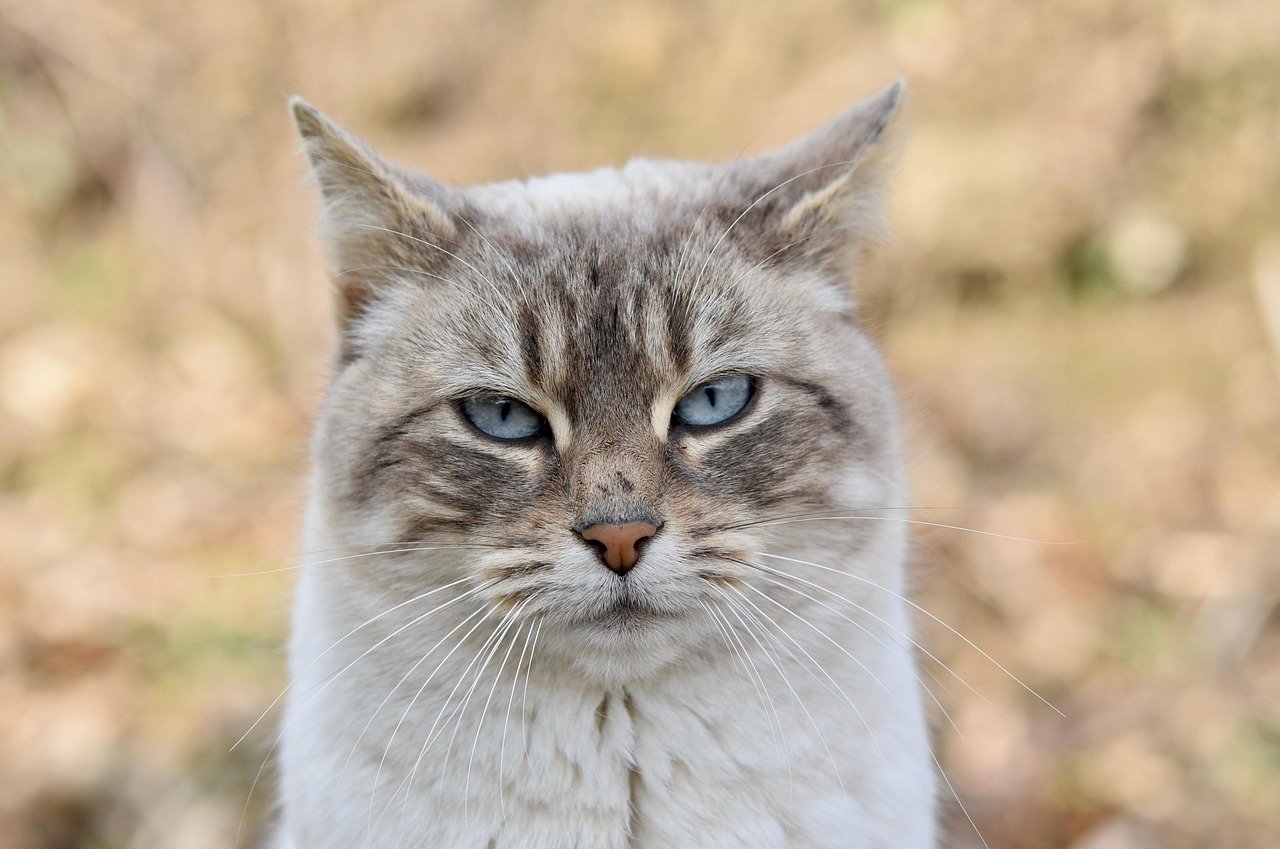
Cats need places where they can retreat and feel safe, especially in busy households. Prioritizing their emotional needs means making sure they have cozy hideaways—whether it’s a quiet room, a high perch, or a comfy bed tucked away from noise. These safe spaces help cats recharge and feel secure. They allow your cat to observe the world on their own terms. When your cat knows they have a sanctuary, their anxiety decreases. They’ll be more likely to explore, play, and interact with you. Think of these spaces as your cat’s personal sanctuary, where they can truly relax.
Reducing Stress: Recognizing Triggers and Calming Techniques
Just like people, cats can get stressed by changes in their environment. Moving homes, new pets, loud noises, or even rearranged furniture can be unsettling. By paying attention to your cat’s reactions, you can identify what stresses them out. Once you know their triggers, you can help minimize exposure or make gradual introductions to new things. Calming techniques like pheromone diffusers, soft music, or gentle petting can make a huge difference. When you actively work to reduce your cat’s stress, they become more relaxed and open to interaction. A calm cat is a happier, healthier companion.
Encouraging Social Interaction: Balancing Solitude and Company
Some cats are social butterflies, while others prefer solitude. By observing your cat’s preferences, you can find the right balance of interaction and alone time. If your cat enjoys company, invite them to join you on the couch or play with them regularly. For more independent cats, respect their need for quiet moments and give them space to be alone. Social interaction should never be forced. When you let your cat set the pace, their confidence and affection naturally grow. This balance shows your cat that you value and accept them for who they are.
Understanding Vocalizations: Listening to Their Voice
Every meow, chirp, or trill has meaning. Cats use their voices to communicate with us, and each sound can signal a different emotion. A sharp meow might mean hunger, while a low growl could signal fear or discomfort. Some cats are quite talkative, while others speak only when necessary. By tuning in to your cat’s vocal cues, you show them that you’re listening and care about their feelings. Over time, you’ll learn to distinguish between their different sounds and respond appropriately. This two-way communication deepens your relationship and helps your cat feel understood.
Offering Gentle Affection: The Right Touch at the Right Time
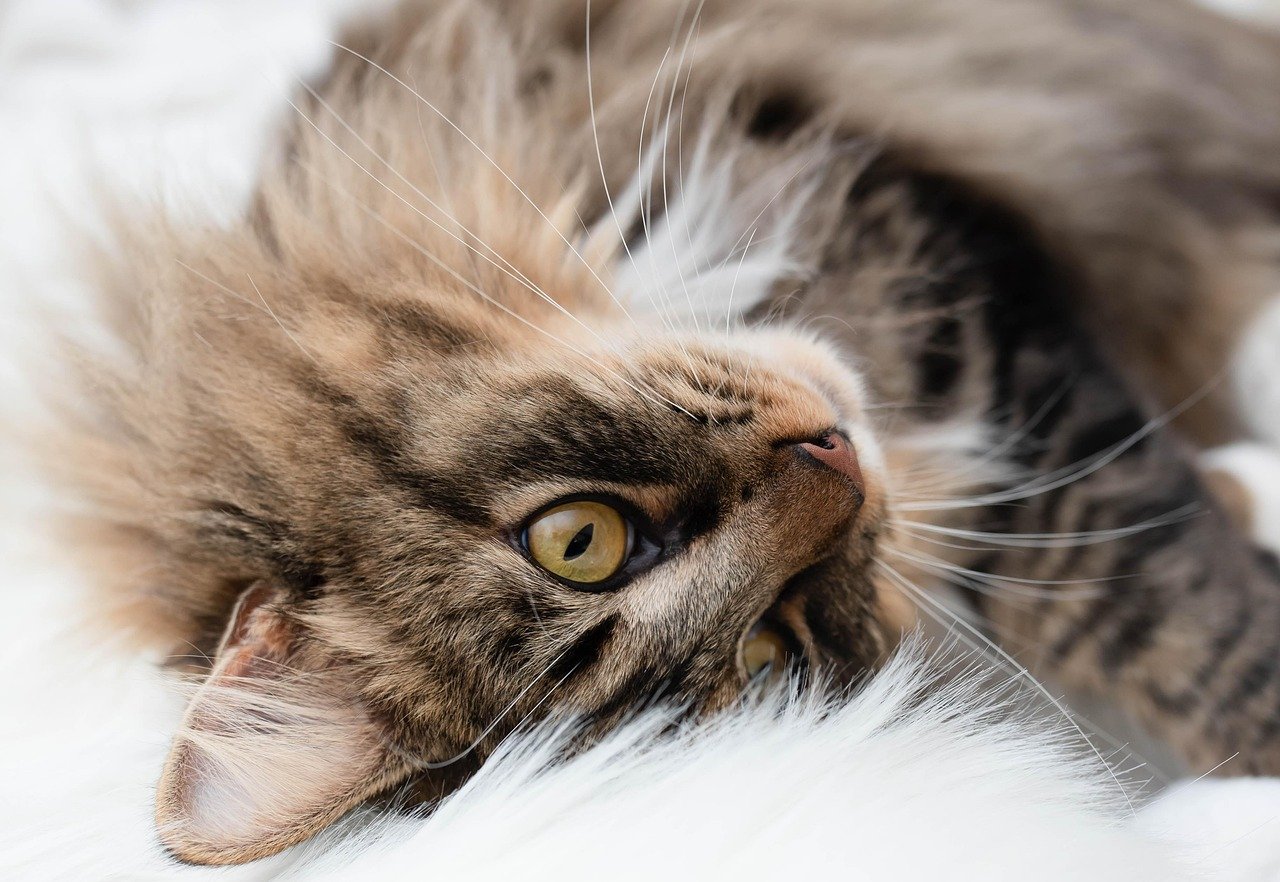
Cats love affection, but only on their terms. When you prioritize their emotional needs, you become more mindful of how and when you offer touch. Watch for signs your cat wants attention—a head nudge, purring, or rubbing against your legs. If your cat seems tense or swats at your hand, it’s a clear sign to back off. Gentle petting, especially around the cheeks, chin, or behind the ears, can be incredibly soothing. When you respect your cat’s boundaries and offer affection thoughtfully, they respond with greater trust and love. The right touch at the right moment can work wonders.
Reducing Loneliness: Companionship and Emotional Support
Cats may seem independent, but they can get lonely, especially if left alone for long periods. Prioritizing their emotional needs means making sure they have enough companionship and stimulation. If you have a busy schedule, consider providing interactive toys or even adopting a second cat for company—if your cat is social. Spending quality time with your cat each day, even just a few minutes of cuddling or play, helps ease their loneliness. A cat that feels included and supported is more content and less likely to develop behavioral issues. Your presence is often the greatest gift you can give.
Enriching Their Environment: Stimulating the Senses
Cats are curious creatures who thrive in stimulating environments. Enrichment can come in many forms: scratching posts, climbing trees, window perches, or even simple cardboard boxes. Rotating toys and adding new scents or textures keeps your cat’s mind sharp and engaged. When you prioritize their need for mental stimulation, you prevent boredom and destructive behavior. Creating a rich, varied environment encourages your cat to explore and play. It’s like turning your home into an adventure playground, sparking joy and excitement every day.
Supporting Positive Socialization: Encouraging Friendly Behavior
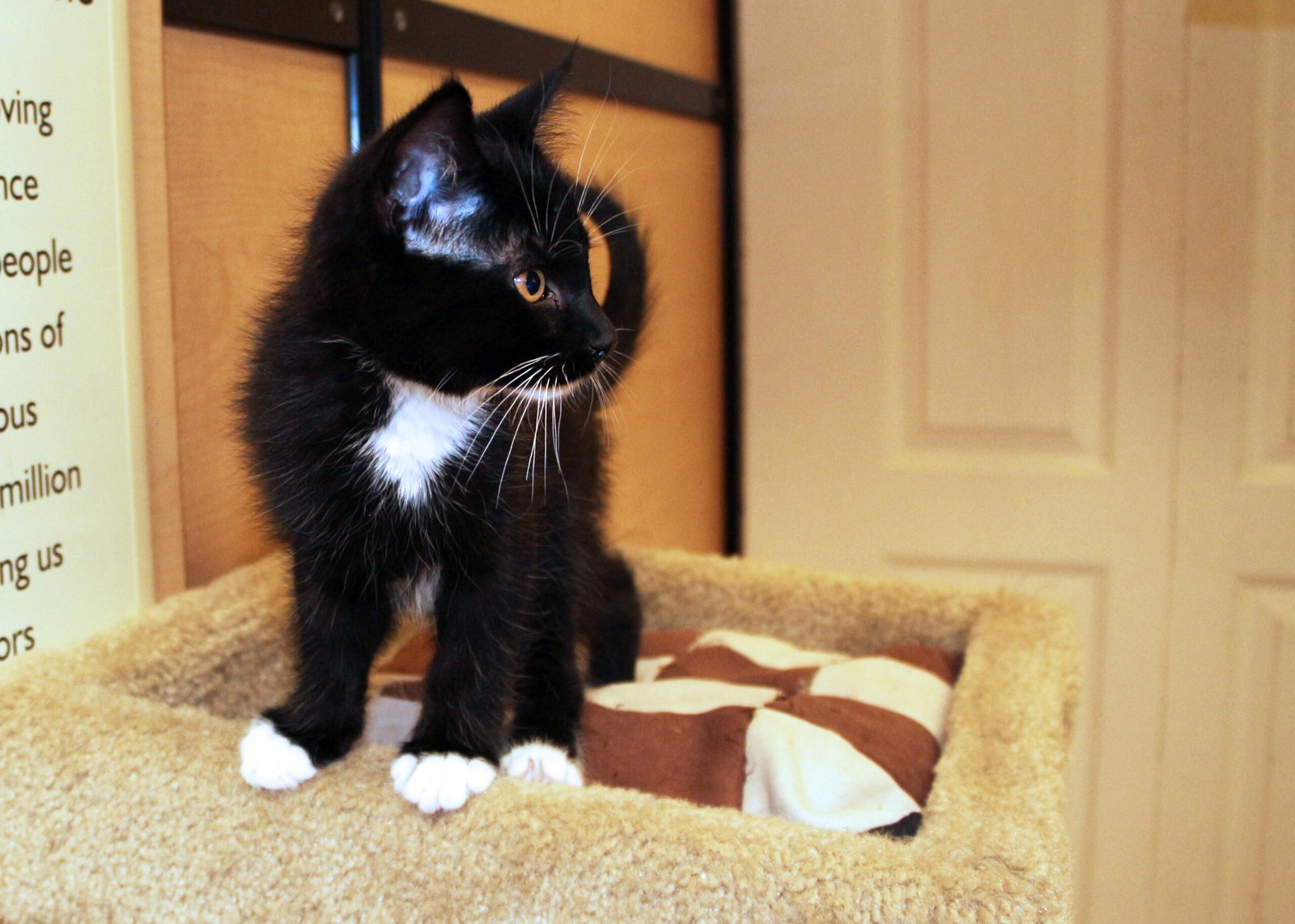
If you have multiple pets or regular visitors, helping your cat feel comfortable around others is essential. Gradual introductions, positive reinforcement, and supervised interactions can help your cat develop confidence. Rewarding calm, friendly behavior with treats or affection teaches your cat that socializing is safe and rewarding. Over time, even shy or nervous cats can learn to enjoy the company of others. Positive socialization leads to a more relaxed, harmonious household for everyone. Your encouragement helps your cat blossom socially.
Understanding Changes in Behavior: A Window to Their Emotions
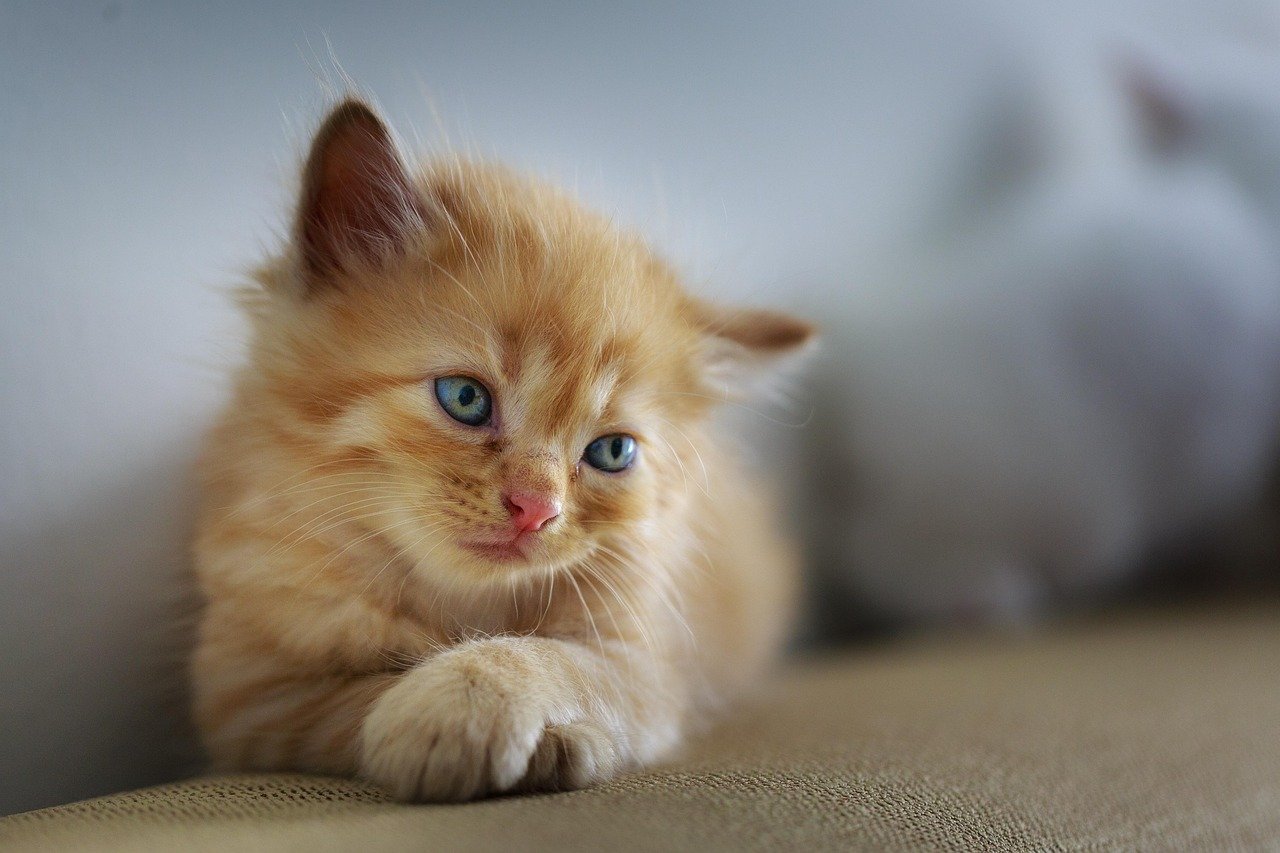
Changes in your cat’s behavior—such as hiding, changes in appetite, aggression, or excessive grooming—are often signs of emotional distress. By paying close attention, you can spot these signals early and address their needs. Sometimes, small changes in routine or environment can make a significant difference. If the behavior persists, a visit to the vet is important to rule out medical issues. Early intervention prevents minor concerns from becoming bigger problems. Your vigilance keeps your cat happy and healthy.
Providing Predictability: The Comfort of Routine
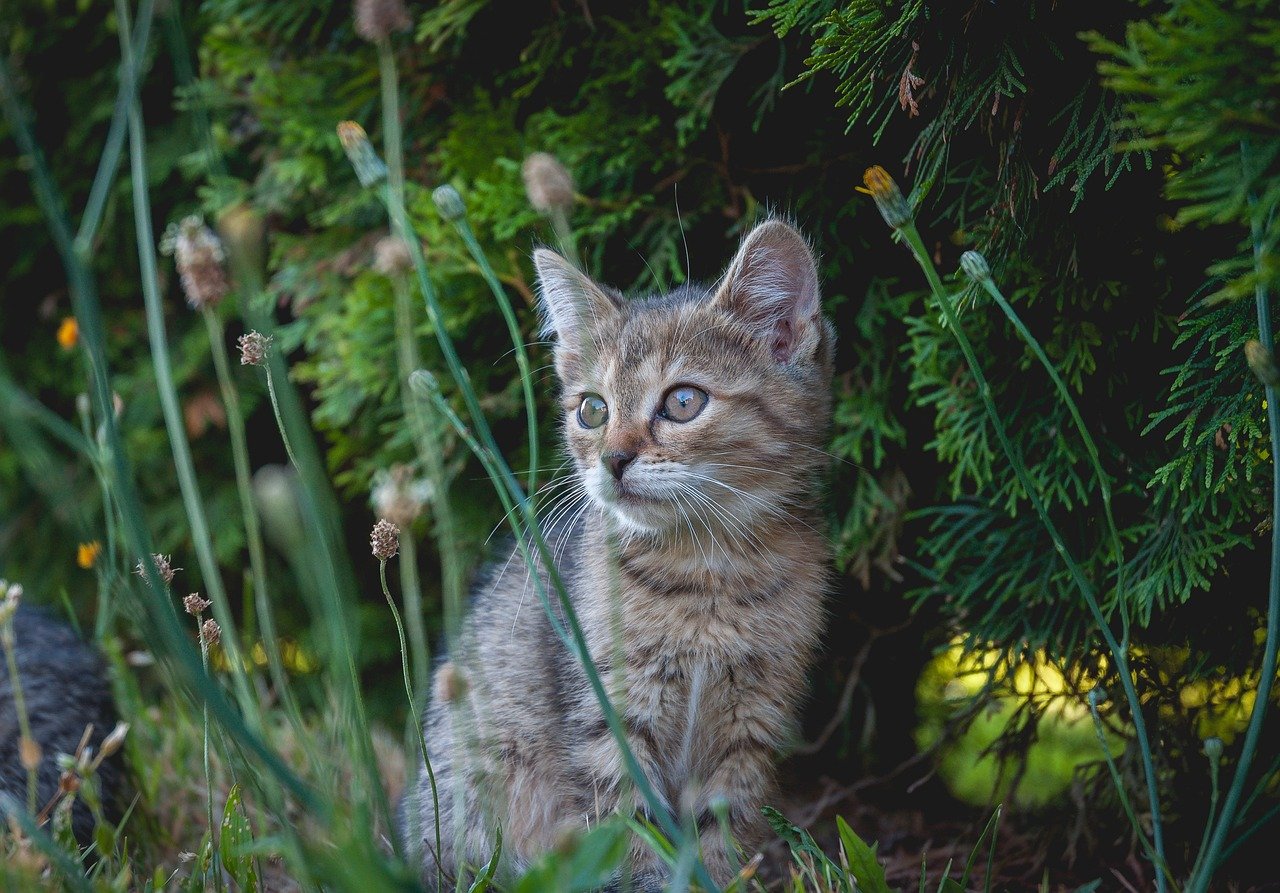
Cats find comfort in predictability. Regular feeding, play, and sleep schedules help your cat know what to expect. This sense of routine reduces anxiety and helps your cat feel more secure in their environment. When you disrupt the schedule, try to make changes gradually. Predictable routines foster trust and stability. Your cat will feel more at ease, knowing that their needs are reliably met each day.
Celebrating Individuality: Letting Your Cat’s Personality Shine
Every cat has a unique personality, filled with quirks and preferences. Some love to chase toys, others prefer to nap in the sun, and some are mischievous explorers. By embracing your cat’s individuality and catering to their likes and dislikes, you help them feel valued and accepted. This acceptance strengthens your bond and allows your cat to express themselves freely. Celebrate their unique traits and let them be themselves. Your appreciation brings out the best in your feline friend.
Encouraging Exploration: Fostering Curiosity Safely
Cats are natural explorers, always eager to investigate new sights, sounds, and smells. Encouraging your cat’s curiosity—by offering access to safe outdoor enclosures, supervised walks, or new toys—nourishes their mind and prevents boredom. Safety should always come first; make sure all spaces are secure and free from hazards. When your cat feels safe to explore, their confidence and happiness blossom. Watching them discover the world is a joy for both of you.
Providing Quality Nutrition: Supporting Emotional Well-Being
A healthy diet is closely linked to your cat’s emotional health. Feeding high-quality food that meets their nutritional needs can improve their mood and energy levels. Some cats have food sensitivities that can cause discomfort or irritability. By paying attention to what your cat eats and how they react, you can fine-tune their diet for optimal well-being. Treats can also be used as rewards for positive behavior, making mealtimes a source of joy and connection. Nutrition is more than just physical health—it’s emotional, too.
Responding to Illness and Discomfort: Compassionate Care
When your cat is unwell or in pain, their emotional needs are heightened. They may become withdrawn, irritable, or unusually clingy. Providing gentle, compassionate care—such as a quiet place to rest, extra attention, or soothing words—can ease their distress. Frequent vet checkups and prompt attention to health concerns show your cat that you’re always there for them. Your empathy during tough times strengthens your bond and helps your cat recover more quickly. Compassion is the cornerstone of emotional care.
Supporting Aging Cats: Emotional Needs in the Golden Years
Older cats have special emotional needs. They may become more attached to you, require more comfort, or experience anxiety due to sensory or mobility changes. Providing soft beds, easy access to favorite spots, and gentle affection helps them feel safe. Older cats may also appreciate a quieter environment and extra patience with any behavioral changes. By understanding and adapting to their changing needs, you give your senior cat the love and dignity they deserve. Cherishing these golden years creates lasting memories for both of you.
Strengthening the Human-Cat Bond: A Relationship That Transforms
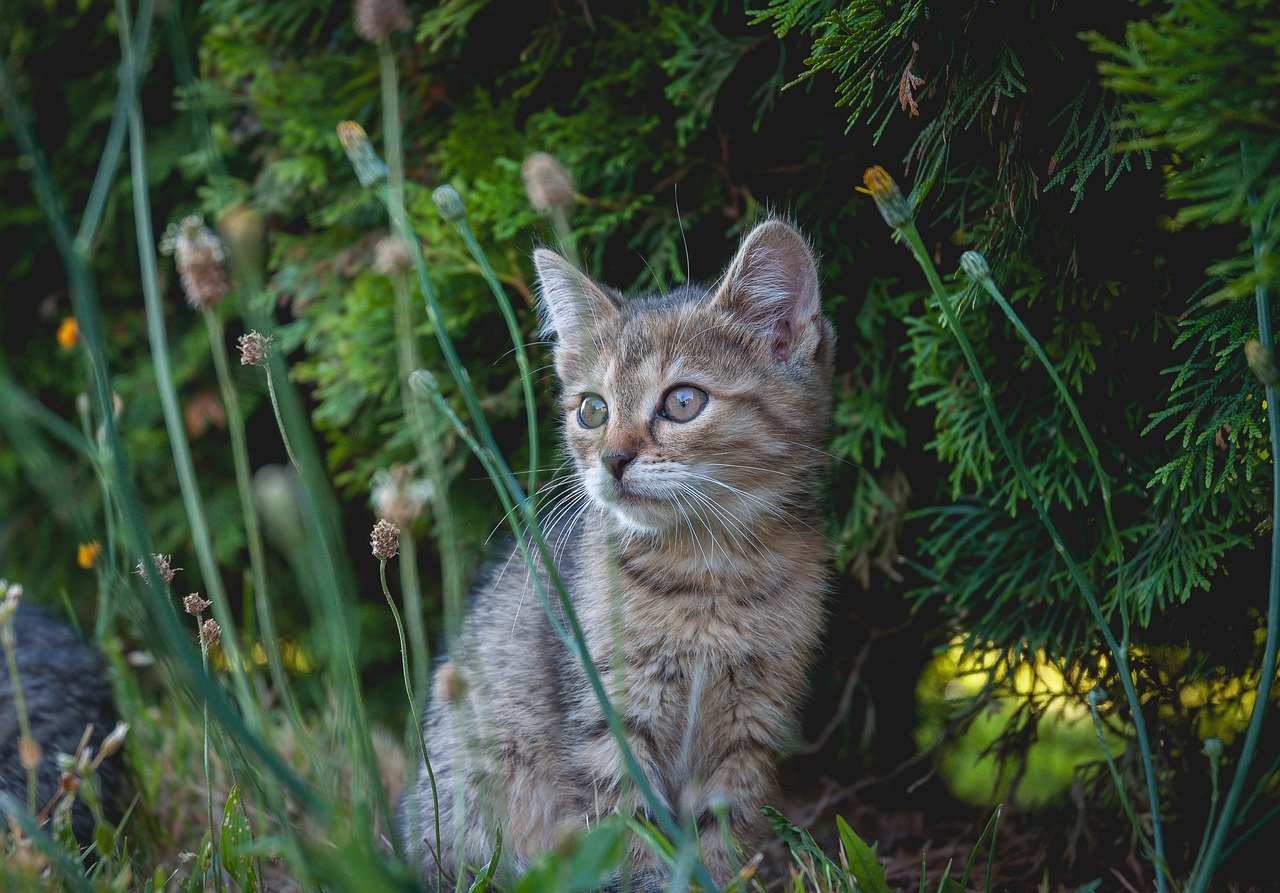
Prioritizing your cat’s emotional needs transforms your relationship into something deeper and more meaningful. Your cat becomes more than just a pet—they become a true companion, confidant, and friend. This bond is built on trust, respect, and shared experiences. The more you invest in your cat’s emotional well-being, the more love and loyalty you’ll receive in return. It’s a relationship that inspires, comforts, and brings endless joy.
The Ripple Effect: How Prioritizing Cats Changes Us
Focusing on your cat’s emotional needs doesn’t just change them—it changes you, too. You learn patience, empathy, and the joy of simple moments. You become more attuned to the needs of others and find fulfillment in nurturing a living being. The happiness and trust your cat shows you becomes a daily reminder of the power of love and compassion. In the end, caring for your cat’s heart is a gift that comes full circle, enriching your own life in ways you never expected.
Hi, I’m Bola, a passionate writer and creative strategist with a knack for crafting compelling content that educates, inspires, and connects. Over the years, I’ve honed my skills across various writing fields, including content creation, copywriting, online course development, and video scriptwriting.
When I’m not at my desk, you’ll find me exploring new ideas, reading books, or brainstorming creative ways to solve challenges. I believe that words have the power to transform, and I’m here to help you leverage that power for success.
Thanks for stopping by, Keep coming to this website to checkout new articles form me. You’d always love it!






